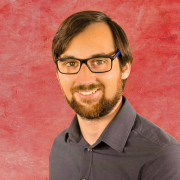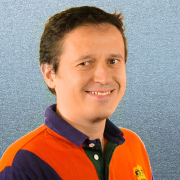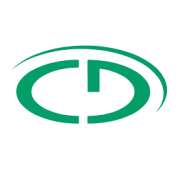 Philipp Moll presented the paper “Distributing the Game State of Online Games: Towards an NDN Version of Minecraft” on the 6th International Workshop on Research Advancements in Future Networking Technologies. The Workshop was held in conjunction with the IEEE International Conference on Communications 2019 in Shanghai.
Philipp Moll presented the paper “Distributing the Game State of Online Games: Towards an NDN Version of Minecraft” on the 6th International Workshop on Research Advancements in Future Networking Technologies. The Workshop was held in conjunction with the IEEE International Conference on Communications 2019 in Shanghai.
Authors: Philipp Moll, Sebastian Theuermann, Hermann Hellwagner (Alpen-Adria-Universität Klagenfurt), Jeff Burke (UCLA)
Abstract: Online games nowadays play an undeniably important role in the entertainment industry. The continuously increasing popularity of these services goes hand in hand with increased complexity of technical challenges. The networking part of current games relies on decades-old technologies, which were never intended to be used for today’s large-scale online games. Replacing the currently used connection-oriented networking approach by a content-centric architecture could yield advantages reaching beyond only avoiding inefficiencies found in IP-based online games. We propose a concept for a distributed Minecraft architecture, making use of these advantages by utilizing Named Data Networking (NDN) as the architectural basis. Our design decisions were guided by the insights we gained from examining Minecraft as a representative of current online games.








 Philipp Moll is currently visiting his Mentor Jeff Burke at UCLA in Los Angeles. During the stay at UCLA, he is working together with the researchers of the _Center for Research in Engineering, Media, and Performance_ (REMAP) and with Lixia Zhang’s group of the _Internet Research Lab_ (IRL).
Philipp Moll is currently visiting his Mentor Jeff Burke at UCLA in Los Angeles. During the stay at UCLA, he is working together with the researchers of the _Center for Research in Engineering, Media, and Performance_ (REMAP) and with Lixia Zhang’s group of the _Internet Research Lab_ (IRL).